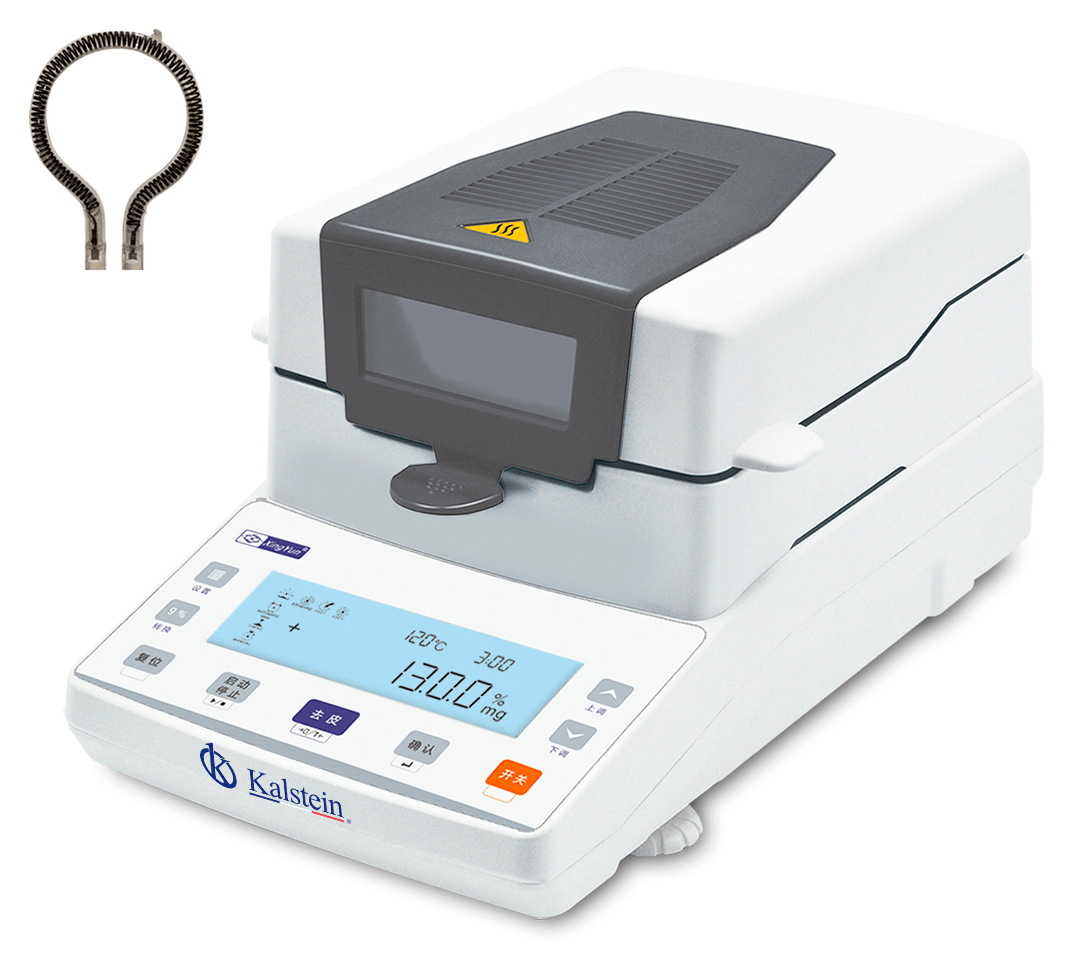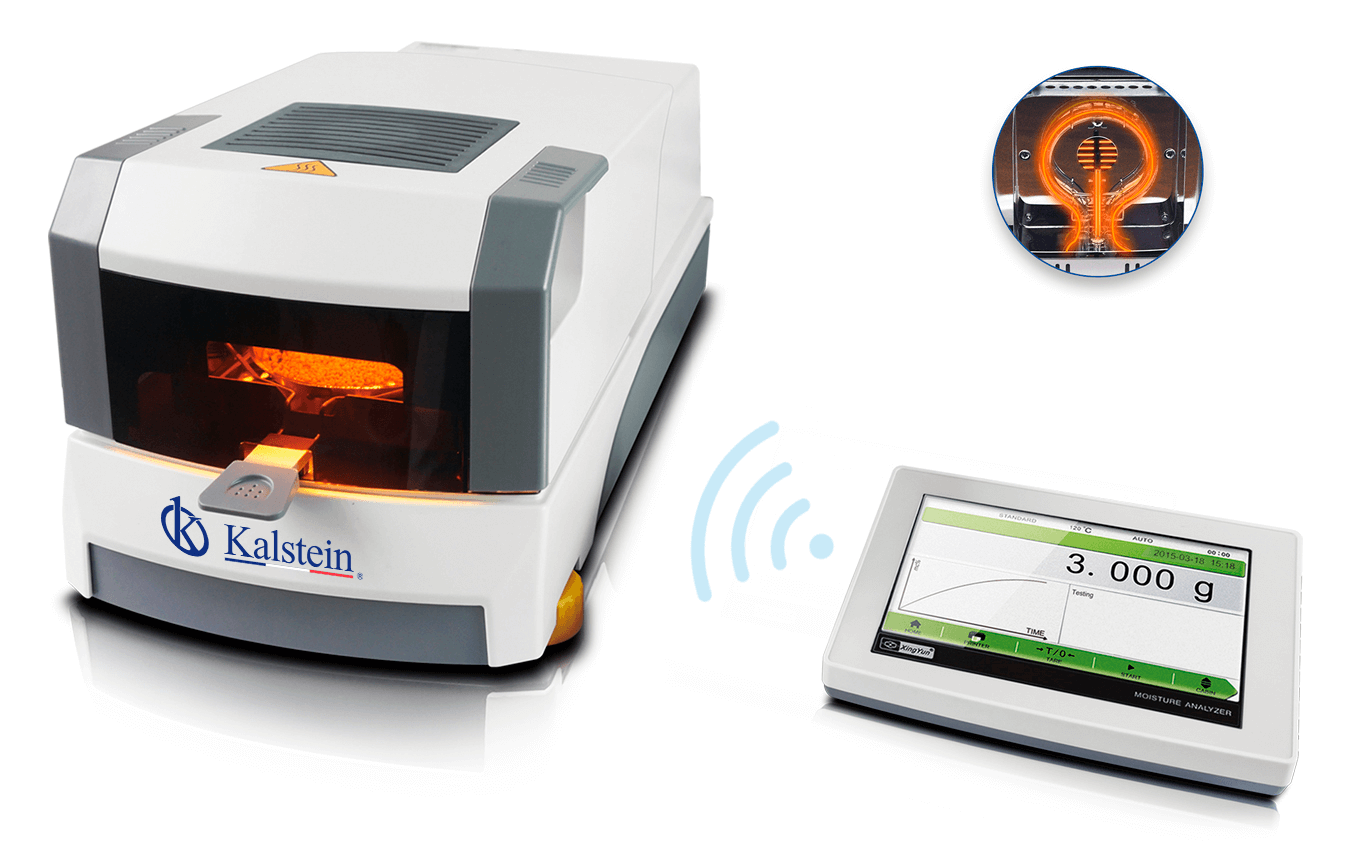Hematology is a discipline that studies the different elements of the bloodstream; it is a key area for the diagnosis and treatment of many diseases. Mentioning the reagents needed for a full hematology analysis may seem daunting, but when the main components of the test are known, it becomes easy to understand them.
The main reagents needed for a full analysis of hematology include techniques for quantification of blood cells, differentiation studies of individual cell lines, automation of reagents for blood cell count and differentiation, and special stains for detection and count of erythrocytes.
When blood cells are measured, tests include a manual counting technique with the help of a manual counter, usually an optical hemotometer, digital counter, or other devices. Manual counting, although still used in special cases, is increasingly being replaced by automated devices. These automated devices are based on fluorescent cell count technology and multiparametric counting systems, and provide complete results of all blood cell elements.
The use of reagents in hematological analysis techniques
Individual cell differentiation analyzes are carried out using specialized coloring techniques. Major techniques include enamel stains, monoclonal antibody stains, and electrolyte solution stains. Some cell count devices that use fluorescent staining also provide differentiated counts of all blood cells and also provide automatic characterization of cell types. These techniques offer high accuracy and accuracy.
In addition, reagents are also needed for the counting and differentiation of blood cells, for which different types of automation are used. These include differentiated cell count, imaging cell count, cell count by particle count, and other automated systems. These systems offer even better accuracy than manual counting, and allow optimal storage of results for later reference.
For adequate red blood cell count detection, reagents with special stains are the most commonly used. Most of these stains are designed to identify certain qualities of red blood cells, such as their diameter, shape, or number of red blood cells. These techniques are often used to detect and count abnormal RBCs, such as immature RBCs, abnormal RBCs, and malformed RBCs.
What is the importance of using appropriate reagents in full hematological analysis techniques?
In addition to the reagents needed for a full hematology analysis, a wide variety of equipment, materials and instruments are also required. This includes equipment and reagents for preparing and processing tissues and blood samples, imaging equipment for visualization and detection of abnormal erythrocytes, microscopes for differential cell count, chemical reactions for cell differentiation, and equipment for equalization and maintenance of reagents.
It is important to understand that the reagents needed for a full hematology analysis, together with equipment, materials and instruments, should be of the highest possible quality. Hematology investigators should carefully select reagents to ensure accurate and reliable results. This applies to all experiments carried out in hematology laboratories, from manual counts to the latest automated equipment.
In conclusion, a complete analysis of hematology requires a wide variety of reagents. These reagents include manual and automated blood cell meters, staining techniques for red blood cell identification and count, and equipment for reagent equipment and maintenance. This is to ensure that the analysis is accurate and reliable. If the steps are followed closely and quality reagents are used, the results of the hematology tests will be as reliable as possible.
The quality of analysis of Kalstein’s hematology instruments
Kalstein for hematological analyzes. This manufacturer has several models for sale, which allow analyzing more than 30 blood samples per hour, it requires little sample volume and the system can self-clean between tests. HERE and HERE show all models, purchase options and prices.



